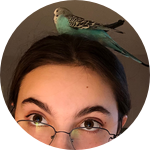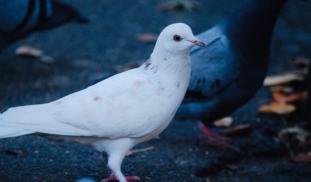Please wait...
About This Project
This study aims to better understand how birds can micro-evolve in a newly colonized environment. I hypothesize that over the last 200 years, pigeons in eastern North America have evolved diversity of morphometric and color based characteristics. To test this hypothesis I will collect data on morphometric and color-based traits in wild pigeons at different geographical sites in eastern North America.
More Lab Notes From This Project

Browse Other Projects on Experiment
Related Projects
Using eDNA to examine protected California species in streams at Hastings Reserve
Hastings Reserve is home to three streams that provide critical habitat for sensitive native species. Through...
City smart: Are cities making birds smarter?
One cannot go to Florida and miss the White Ibises roaming golf, park and private lawns. But how does a...
How do polar bears stay healthy on the world's worst diet?
Polar bears survive almost entirely on seal fat. Yet unlike humans who eat high-fat diets, polar bears never...





